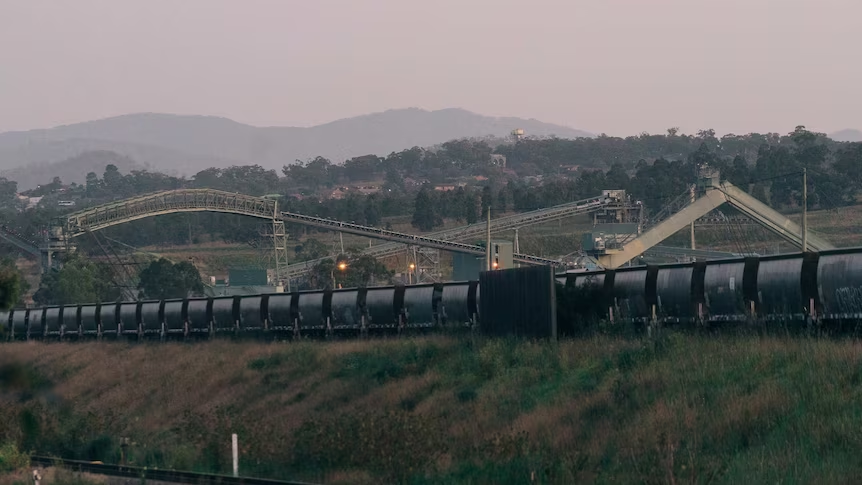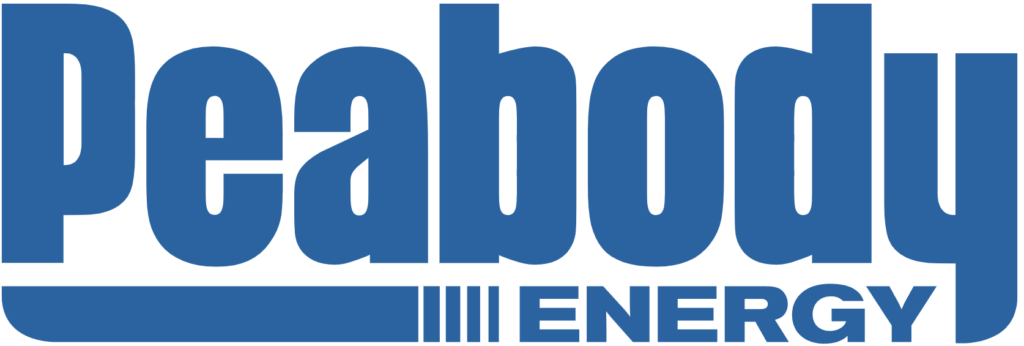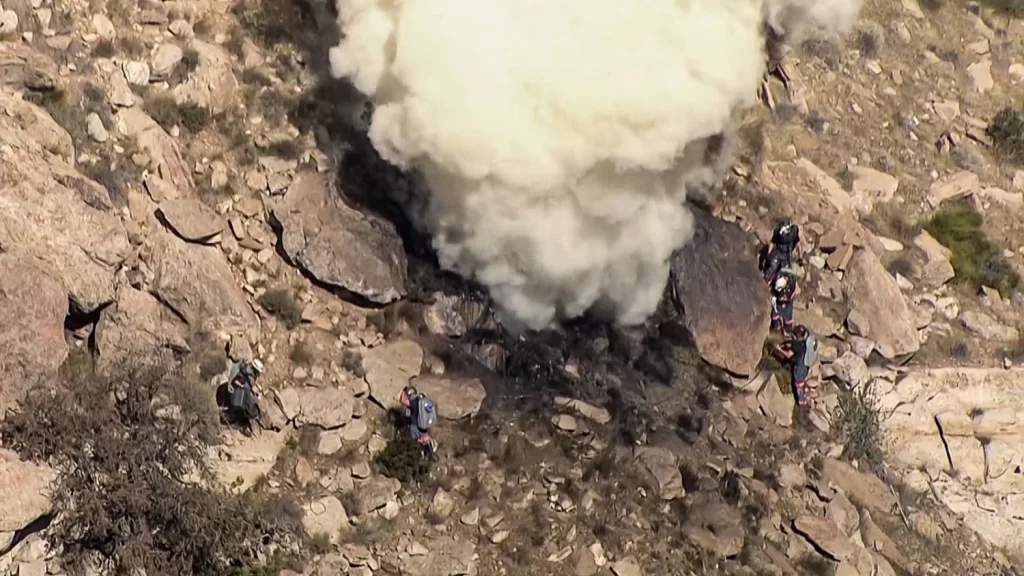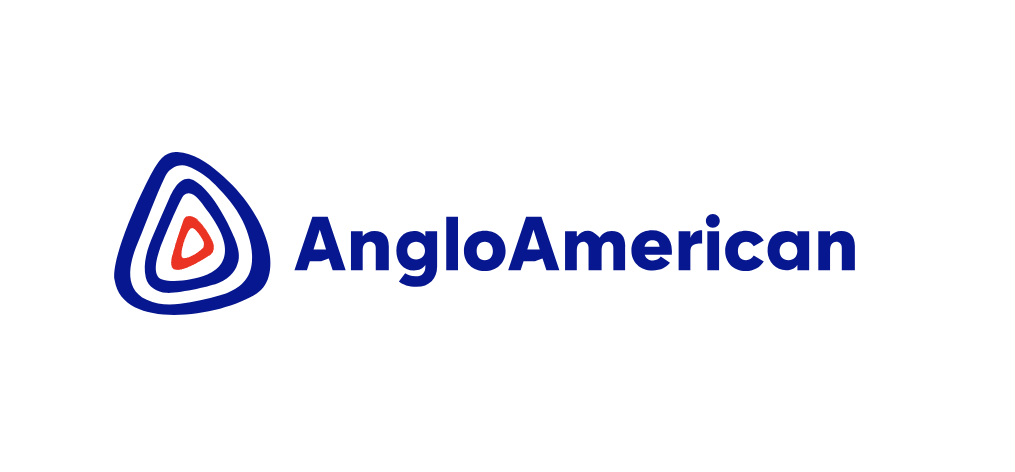An old NSW coal mine will resume production for the first time in 18 years after securing the $US60 million ($90.6 million) in funding required to restart the Dartbrook mine. The mine’s owner Australian Pacific Coal (AQC) said European commodities trader Vitol had agreed to lend the money and would also acquire marketing rights over the thermal coal that Dartbrook produces for the life of the operation.
The money will help fund the final works and equipment like conveyors required to restart the mine, which has been idle since its former owner Anglo American shut it in 2007. The revival of Dartbrook comes as Whitehaven Coal works to resume production at the Vickery mine in NSW almost 25 years after it was closed by Rio Tinto.
AQC interim chief executive Ayten Saridas hopes to finalise the loan agreement before Christmas and said Vitol’s offer was proof that money was available for thermal coal despite advanced economies like Australia seeking to reduce their reliance on fossil fuels.
Global coal demand reached a record high of 8.3 billion tonnes in 2022 according to the International Energy Agency (IEA), as consumption growth in China and other Asian nations exceeded the retreat from coal in wealthy nations. The IEA said in July that global coal demand had grown again in the first half of 2023, and it projected a fresh record high of 8.388 billion tonnes for the full year. The IEA expects coal demand in 2024 to be flat or slightly lower than 2023 levels, but still above 8.38 billion tonnes.
AQC’s schedule for restarting Dartbrook has slipped several times; in February the company was promising to be in production by December. Ms Saridas said Vitol’s funding meant she was very confident of achieving the company’s latest guidance; to be cutting coal at Dartbrook before the end of March. First sales are expected to occur in April or May, with the company likely to sell coal with at least 5500 kilocalories per kilogram.
The revival of Dartbrook and Vickery after a long hiatus comes as New Hope resumed mining at Queensland’s Acland mine in September for the first time in 22 months, after permitting delays forced a halt. Privately held Malabar Resources also announced first production this year at the Maxwell mine in the NSW Hunter Valley region while Adani started production last year at the Carmichael mine in Queensland, making it a big couple of years for new or revived coal mines in Australia.

Privately held Pembroke Resources will soon join the list as it nears completion of construction at its Olive Downs coking coal project in Queensland. But the raft of new or revived mines have struggled to keep pace with coal mine closures – such as Idemitsu’s Muswellbrook mine – and weather disruptions across the nation.
Coal exports through the Port of Newcastle have been weak this year and the Department of Industry said Australia exported 182 million tonnes of thermal coal in the year to June; well below the 213 million tonnes exported in the year to June 2020. But the department expects export volumes will rise above 200 million tonnes in both 2024 and 2025 as mine supply recovers from a wet period.
Dartbrook is located at the northern tip of a thriving coal hub in the Hunter Valley; the Mt Pleasant thermal coal mine is directly south of Dartbrook while New Hope’s flagship Bengalla mine sits on the southern border of Mt Pleasant. Many an investment banker has dreamed of combining the three assets to form a more efficient, integrated hub, but that opportunity came and went when controlling stakes in all three of the mines were sold in the year to August 2016.
Vitol is best known as an oil trader and made a big splash in the Australian resources sector in 2014 when it acquired Shell’s Geelong oil refinery and its network of close to 700 petrol stations. The Shell assets were rebranded as Viva Energy, and Vitol has since sold down its stake in what is now an ASX listed company.










